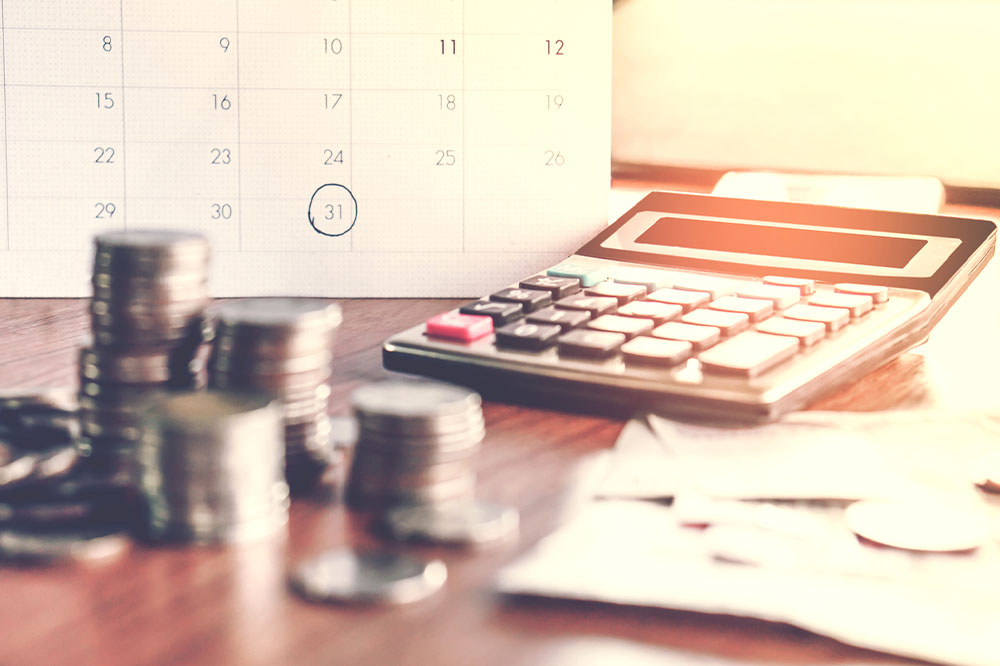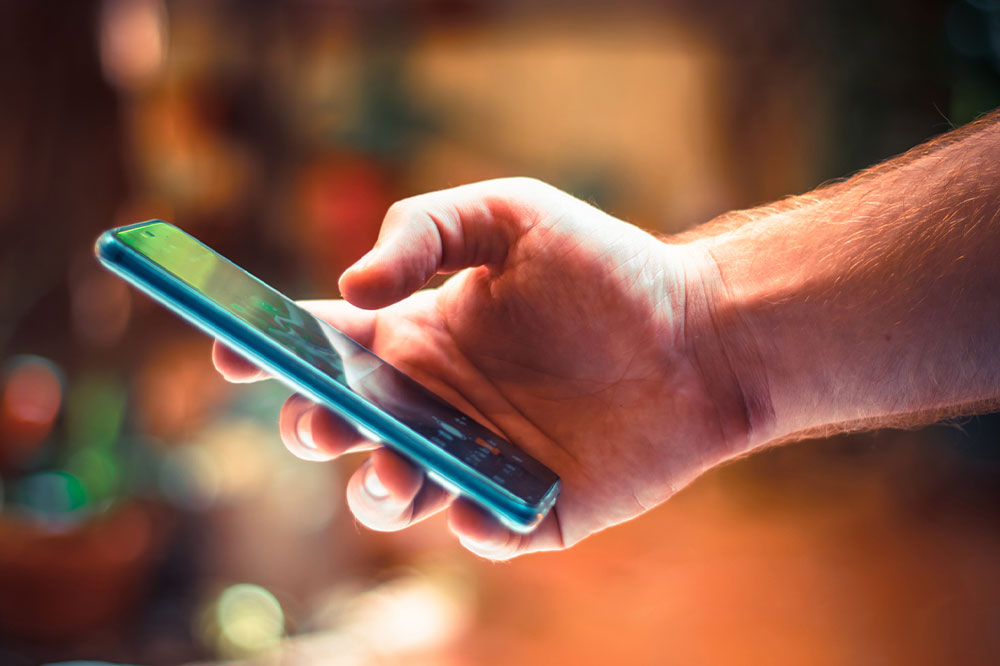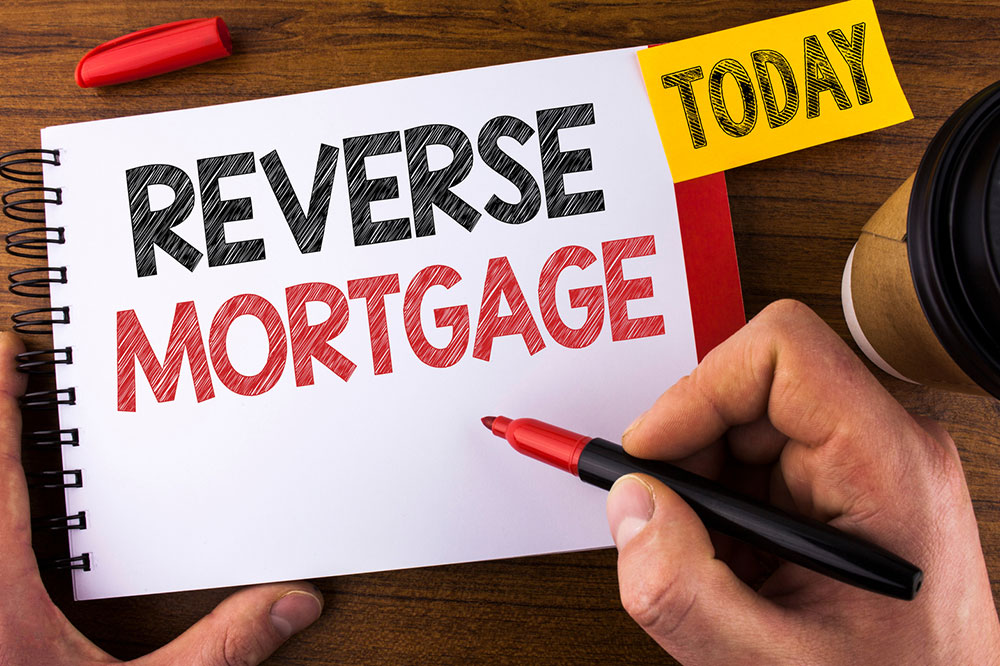Comprehensive Guide to Determining Your Eligibility for Free Government Mobile Phones
This comprehensive guide explains how low-income individuals can check their eligibility for free government mobile phones through the Lifeline Assistance Program. It covers eligibility criteria, application steps, device options, and program regulations, helping qualified users access affordable communication tools that promote digital inclusion and connect them to vital services and opportunities.

How to Verify Your Qualification for Complimentary Government-Provided Mobile Devices
In today's digital age, having reliable communication tools is vital for staying connected, accessing emergency services, and managing daily activities. Recognizing this essential need, United States government programs aim to bridge the digital divide by providing free mobile phones to qualifying low-income individuals and families. This initiative, primarily facilitated through the Lifeline Assistance Program, has transformed the way millions of Americans access telecommunications services, ensuring that financial constraints do not limit their ability to connect with loved ones, employers, or emergency responders.
Understanding how to determine your eligibility for these government-subsidized phones can open doors to affordable communication solutions. This guide provides a detailed overview of the program, eligibility criteria, applications process, and the types of services available, ensuring you have all the necessary information to take advantage of this beneficial initiative.
The Importance of Government-Provided Mobile Phones
Cell phones have become indispensable in the modern world. They serve as primary tools for communication, facilitate quick emergency responses, access vital information, and help maintain social and professional connections. For low-income households, however, the cost of regular mobile service can be prohibitive, leading to a digital divide that affects employment opportunities, safety, and social participation. The federal government, through the Lifeline Assistance Program, aims to address these disparities by providing free or discounted mobile phones and service plans to eligible participants.
Understanding the Lifeline Assistance Program
The Lifeline Assistance Program, established by the Federal Communications Commission (FCC), is a long-standing initiative designed to make telecommunications services affordable for low-income Americans. Since its inception, the program has evolved to include modern smartphones, offering recipients the same capabilities as those available to higher-income households. The program subsidizes either the cost of the mobile device itself or monthly service charges, or both, depending on the provider and the specific plan.
This initiative not only bridges geographical and economic gaps but also promotes digital inclusion, allowing individuals to access online education, job opportunities, healthcare information, and social services. The program is administered through approved network providers who partner with the FCC and state governments to deliver these crucial services.
Who Qualifies for a Free Government Mobile Phone?
Qualifying for a free government mobile device primarily hinges on participation in specific public assistance programs. Below are the typical eligibility criteria:
Participation in Means-Tested Programs: If you or your household members receive assistance through programs such as Supplemental Nutrition Assistance Program (SNAP), Medicaid, Federal Housing Assistance, Supplemental Security Income (SSI), or Veterans Pension and Survivors Benefit, you may be eligible.
Income-Based Eligibility: In some cases, households with an income at or below 135% of the federal poverty guidelines qualify. It's essential to verify current income thresholds, which are updated annually.
Other State-Specific Criteria: Certain states may have additional criteria, such as energy assistance programs or specific veteran benefits. Checking your local government’s social services page can provide detailed requirements tailored to your area.
It’s important to note that each state may have slight variations in qualifying criteria, so consulting your state’s official website or contacting local social services can clarify your eligibility status.
How to Apply for a Free Mobile Phone from the Lifeline Program
The application process for a government-free mobile phone involves several straightforward steps. Typically, applicants can apply through online platforms, mail-in forms, or in-person at designated offices. Here are key steps to guide you through:
Gather Required Documentation: Prepare proof of income, participation in qualifying programs, or other relevant documentation. Common proofs include benefit award letters, pay stubs, or tax returns.
Select a Participating Provider: Choose from authorized providers such as SafeLink Wireless, Assurance Wireless, QLink Wireless, or others approved by the FCC. Comparing plans and device options can help you select the best fit.
Complete the Application: Fill out the application form online or download and mail it to the provider. Ensure all information is accurate to avoid delays.
Submit Proof of Eligibility: Attach the necessary documentation to confirm your qualification status.
Once approved, the provider will notify you about the next steps, and the device as well as service will be shipped or made available for pickup. It’s crucial to keep your information updated and comply with program rules to continue receiving benefits.
Limitations and Regulations
While the Lifeline Program offers significant benefits, there are rules to prevent misuse and ensure fair distribution. Key regulations include:
One Phone per Household: Federal rules specify that only one Lifeline-supported device is permitted per household, regardless of the number of eligible members.
Provider Restrictions: Beneficiaries must usually stay with the initial service provider for at least 60 days before switching to another, to prevent abuse.
Verification and Reporting: Users are required to verify their eligibility periodically and inform providers of any changes in circumstances that may affect their program participation.
Any misrepresentation or fraudulent activity can lead to penalties, including repayment of benefits and disqualification from future participation.
Types of Phones and Service Plans Available
The devices offered through the Lifeline Program range from basic refurbished models to modern smartphones with advanced features. Most providers supply smartphones capable of internet access, installing applications, and multimedia functions, transforming the way beneficiaries communicate and access information. Service plans vary considerably, with options including:
Unlimited Voice and Text: Many plans include unlimited calls and texts, making it easy to stay connected without worrying about extra charges.
Limited Data Plans: For those whose usage is minimal, some providers offer plans with limited monthly data, suitable for essential communication needs.
Bundled Packages: Some providers may offer packages that combine device costs with service plans, providing more comprehensive options.
It’s advisable to review the specifics of each plan before signing up to ensure it meets your communication needs and budget constraints.
Conclusion: Take Advantage of the Government’s Digital Inclusion Initiative
Access to reliable communication devices and services is a vital component of modern living. The Lifeline Assistance Program and similar initiatives serve as lifelines for millions, providing essential connectivity to those in need. By understanding the eligibility requirements and application procedures, low-income individuals and families can secure free or discounted mobile phones, bridging the digital divide and enhancing their quality of life. Don’t miss the opportunity—explore your eligibility today and take a step toward greater connectivity.





